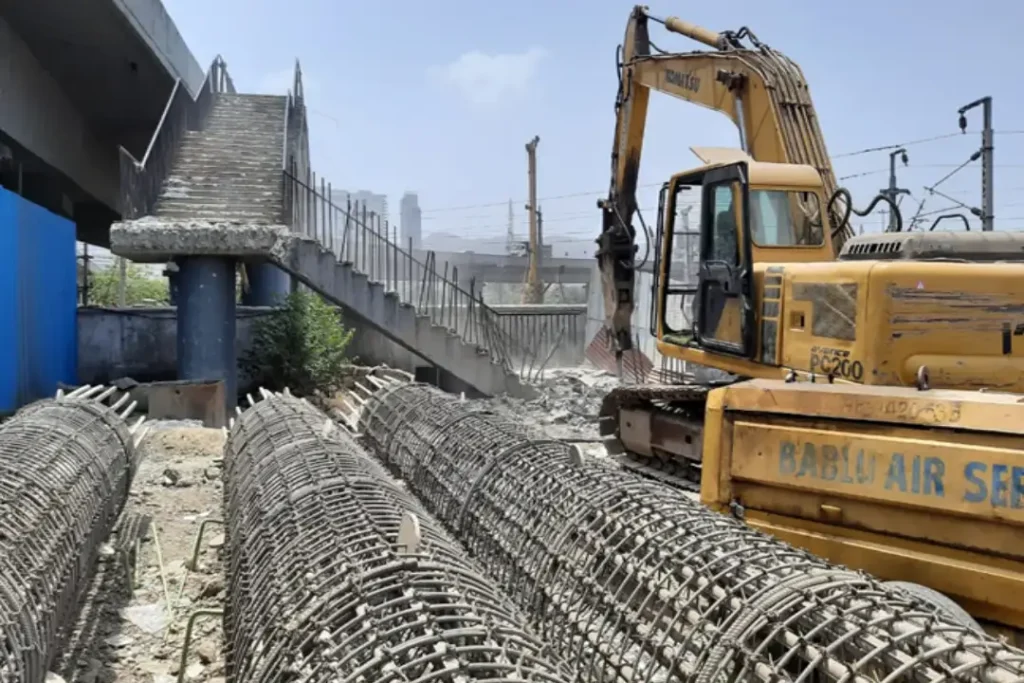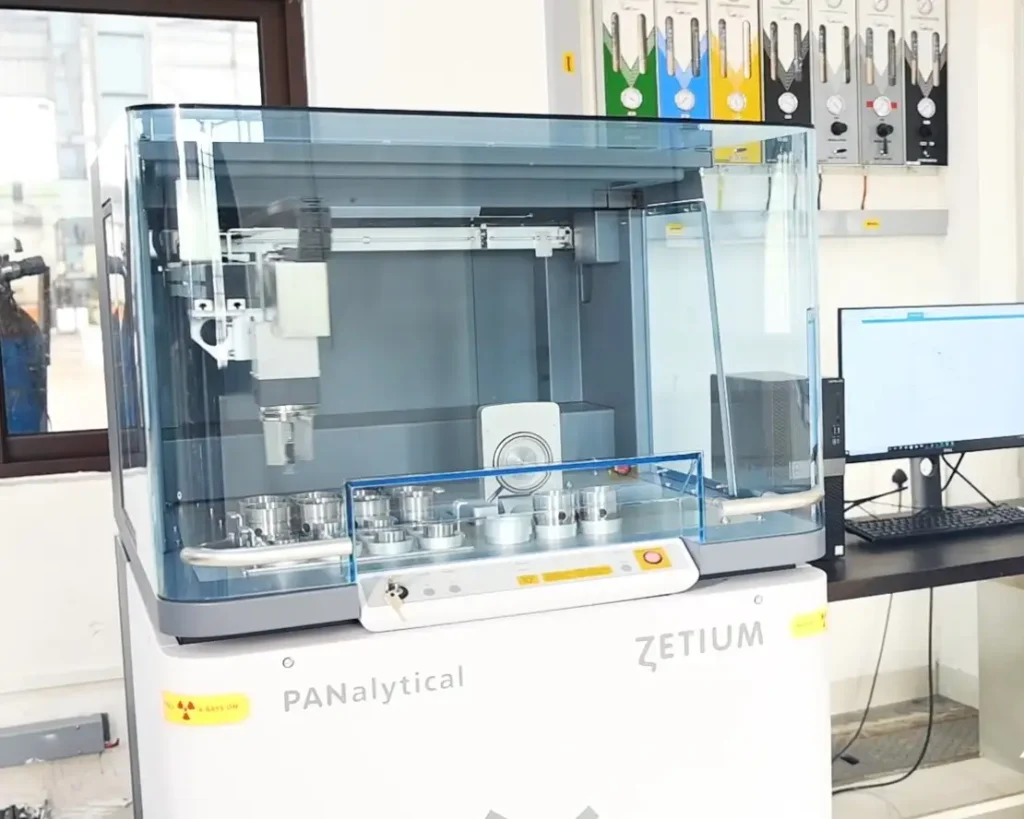Introduction: In the realm of modern engineering, few materials have played as pivotal a role as steel. A stalwart companion of progress, steel has shaped the skyline of cities, the infrastructure that connects nations, and the machinery that propels industries forward. In this article, we embark on a comprehensive exploration of the multifaceted role that steel plays in modern engineering, examining its properties, applications, and the transformative impact it has had on the way we build and innovate.
The Foundation of Strength: Steel’s prominence in engineering can be attributed to its unparalleled strength. Its ability to withstand heavy loads, resist deformation, and provide structural integrity makes it an ideal choice for a wide array of applications. Whether in the construction of towering skyscrapers, expansive bridges, or the framework of industrial facilities, steel forms the bedrock of structures that define our modern landscape.
Versatility in Form and Function: What sets steel apart is its versatility. It can be molded and shaped into various forms, allowing engineers to design structures with precision and efficiency. From I-beams and girders to intricate frameworks, the adaptability of steel makes it an indispensable material in the hands of architects and engineers. Its versatility extends to different engineering sectors, encompassing civil, mechanical, electrical, and more.
Bridging the Gaps: Bridges stand as iconic symbols of engineering prowess, and steel is often the material of choice for their construction. High-strength steel alloys enable the creation of long-span bridges that connect previously inaccessible regions, facilitating the flow of commerce and fostering economic development. The use of steel in bridge engineering showcases its ability to span gaps, both physical and metaphorical.
Innovations in Transportation: The automotive and aerospace industries owe much of their progress to advancements in steel technology. High-strength steels and advanced alloys contribute to lightweight yet durable structures in automobiles and aircraft. This not only improves fuel efficiency but also enhances safety standards, showcasing steel’s vital role in modern transportation engineering.
Resilience in Harsh Environments: Steel’s durability makes it a preferred choice in harsh environments. Whether in offshore oil rigs facing corrosive seawater or in the heart of a bustling city enduring constant vibrations, steel structures withstand the test of time. The development of corrosion-resistant alloys further extends the life of structures, reducing maintenance costs and increasing overall reliability.
Sustainable Engineering: As sustainability becomes a focal point in engineering practices, steel has adapted to meet the challenge. Recyclability, coupled with innovations in eco-friendly production processes, positions steel as a sustainable choice for construction. Engineers increasingly recognize the importance of incorporating materials that align with environmental goals, and steel continues to evolve to meet these demands.
Conclusion: In the ever-evolving landscape of modern engineering, steel stands as a constant, adapting to new challenges and pushing the boundaries of what is possible. Its strength, versatility, and resilience make it an indispensable component in the engineer’s toolkit. As we continue to build the future, it is certain that steel will remain a cornerstone, shaping the skylines and structures that define our world.




